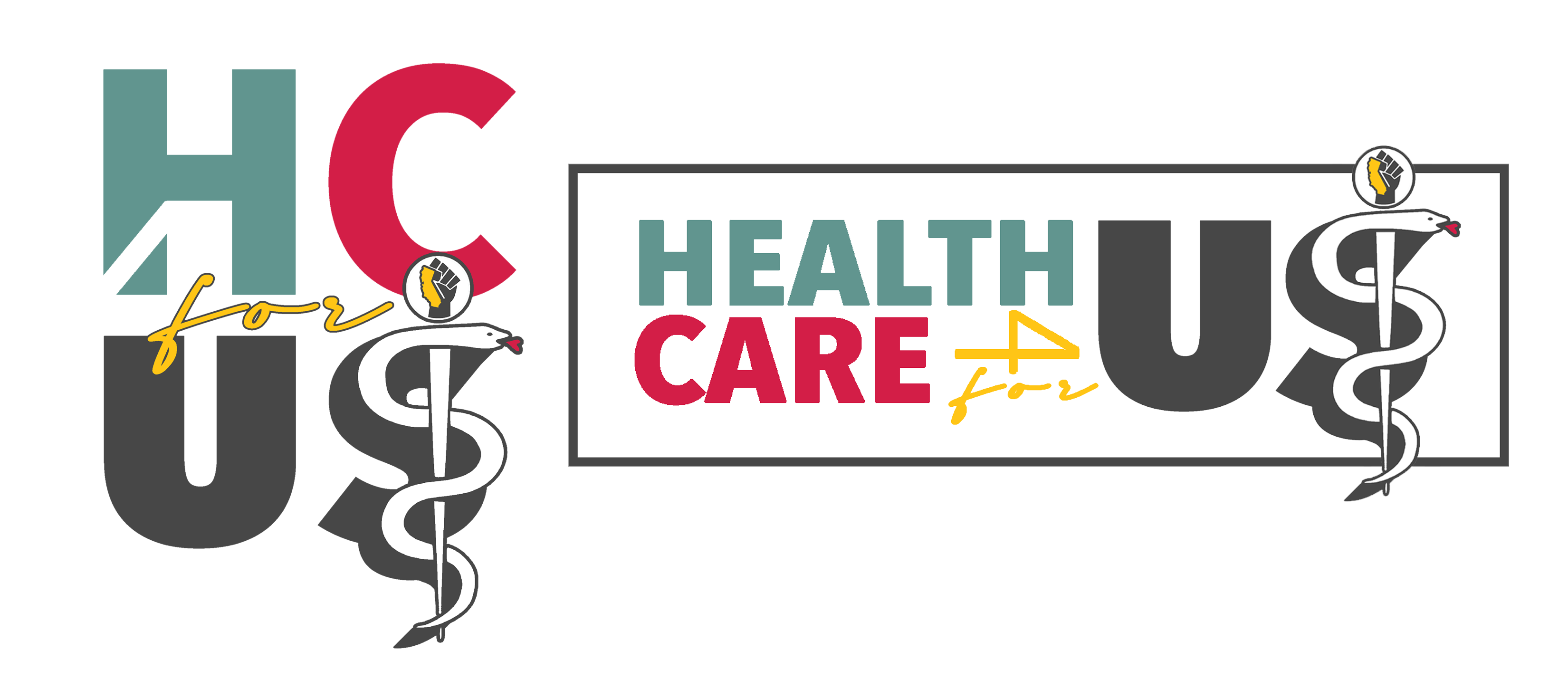How the Affordable Care Act Drove Consolidation and Moral Injury – and What We Can Do About It
By Wendy Dean, MD
April 18, 2025
 It’s conference season, so I’ve been traveling and speaking a lot about moral injury.
It’s conference season, so I’ve been traveling and speaking a lot about moral injury.
Usually, audiences talk about the moral events they face as practitioners. But at a conference in a large city, a nurse I’ll call Jenna shared her experience as a patient having a small benign skin lesion removed from her back.
Jenna’s insurance plan prefers one health system, so for this simple procedure, Jenna saw no reason – for care expertise or cost – to look elsewhere. She was shocked by both her experience and her bill, though. “This could have been done in ten minutes under local anesthesia, but instead, because the hospital [which employs the physicians] won’t allow doctors to do office-based procedures anymore, I had to go to the operating room.” What would have taken two hours out of her workday and cost about $1000 in the office instead cost her the entire workday, and her insurance paid ten times as much.
What frustrated this seasoned nurse as much as anything else was that neither she nor her physician had any choice. Bound by her insurance rules, she felt railroaded into excessive care, and her physician was powerless to choose differently, either.
I don’t know the specifics of Jenna’s health insurance plan, but since the Affordable Care Act was signed into law on March 23, 2010, many have been grateful for the health insurance options it offers. Unfortunately, unintended consequences of the ACA may have led to Jenna’s conundrum.
The ACA was the first major overhaul of U.S. health care in decades. The legislation promised: (1) to reform the private insurance market — especially for individuals and small-group purchasers [like our nurse patient, perhaps]; (2) to expand Medicaid to cover more of the working poor; and (3) to harmonize and coordinate medical decisions to achieve better outcomes at lower cost.
Many on the frontlines of health care were skeptical about the compromises with entrenched special interests that were necessary to pass the bill. They were concerned it would give too much control to large entities and nonclinicians. But three of the people who were especially influential in shaping the ACA goaded physicians to embrace it by leveraging their moral obligation, arguing that “physicians have a moral calling to promote the health of their patients and the overall health of all citizens.”
Those proponents (Robert Kocher, Ezekiel Emanuel and Nancy-Ann DeParle) knew the health care landscape would consolidate (they euphemized consolidation as “integration”) and told physicians they could steer it by coalescing. They apparently believed that physicians with widely disparate practice needs could compete with multibillion dollar corporations:
These reforms will unleash forces that favor integration across the continuum of care…Consequently, the health care system will evolve into 1 of 2 forms: organized around hospitals or organized around physician groups…Only hospitals or health plans can afford to make the necessary investments in information technology and management skills. This is not inevitable. As physicians organize themselves into increasingly larger groups…they…could provide these organizing functions efficiently for physician groups.
The imagined promises of consolidation and vertical integration included:
…increased efficiencies through…economies of scale; the ability to devote more resources to improving…clinical care, more quality-improvement staff…interoperable health information technology capabilities to improve communication…enhanced analytics; and improved clinical integration and coordination of care…[resulting in improved quality of care and better patient outcomes].
As predicted, relentless consolidation and vertical integration followed the ACA. Hospitals, the recipients of more favorable reimbursement in the form of site-specific payments, agglomerated competitors and small independent entities that floundered trying to fund mandated electronic medical records and staggered under the increased administrative burden of the ACA. Insurers, health systems, and pharmacy benefit managers all bundled into massive, vertically integrated corporations capturing health care encounters – and revenue – from cradle to grave.
Yet, in Big Med, David Dranove and Lawton Robert Burns argue that the resulting megaproviders have delivered on none of their promises. Instead, they have become the primary source of higher costs and lesser care. The authors also noted the serious impact on physician morale as health care delivery bureaucratized and grew huger than human sized.
Barely two decades ago, nearly 80% of physicians were still in independent practice, but now, 80% are employed by hospitals, health systems, health insurers or large physician groups. As noted in the opening vignette, when physicians are squeezed out of independent practice by hospitals and health systems, they relinquish control over clinical care processes, practices, and operations and surrender their autonomy to choose what is best, medically or financially, for their patient.
Most of the chapters in If I Betray These Words, which I coauthored with Simon Talbot, touch on some aspect of the harm physicians face in increasingly corporatized health care entities. The book’s introduction chronicles my local facility, Carlisle Regional Hospital, which was acquired by a national corporation, Health Management Associates, looking for regional monopolies. HMA expected its emergency physicians to fill its inpatient beds, even if the admissions were unnecessary, and bundled laboratory tests in a way that bloated emergency room charges.
Chapter 7 describes the plight of an oncologist, who…
[READ THE COMPLETE ARTICLE HERE]
